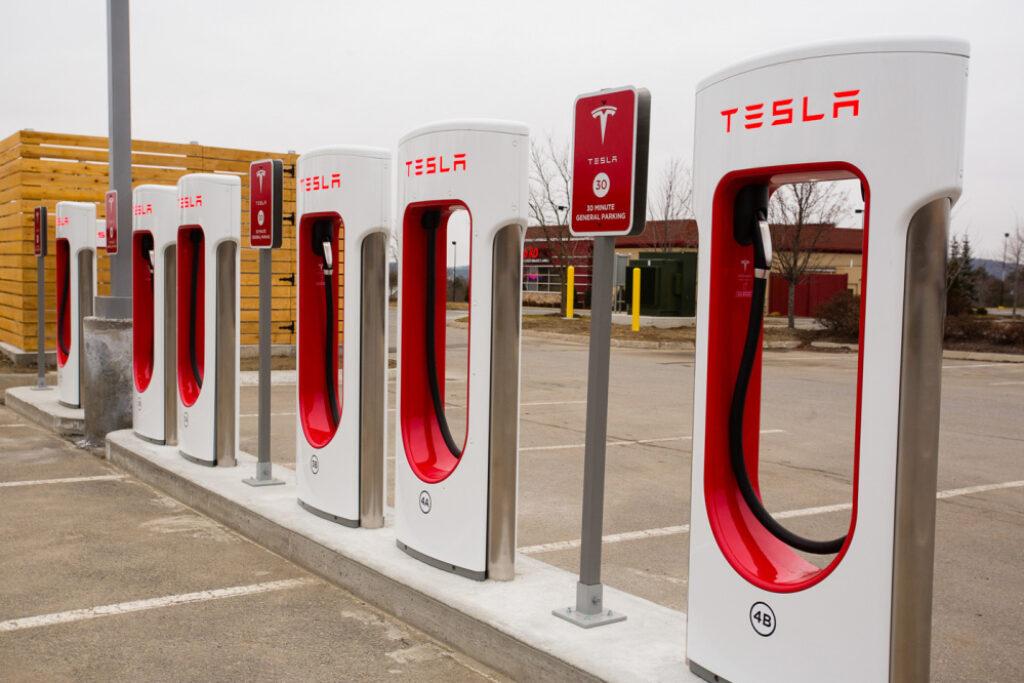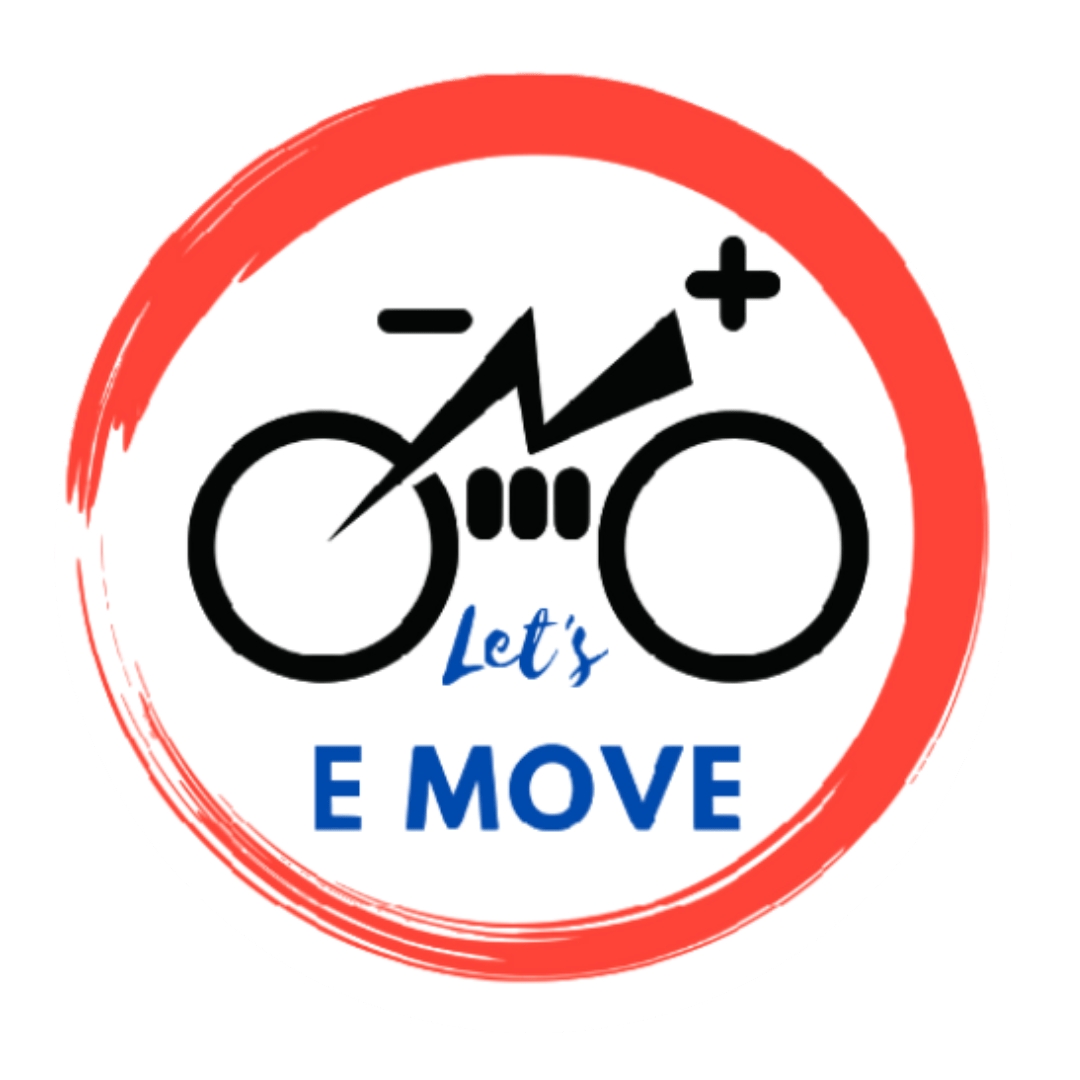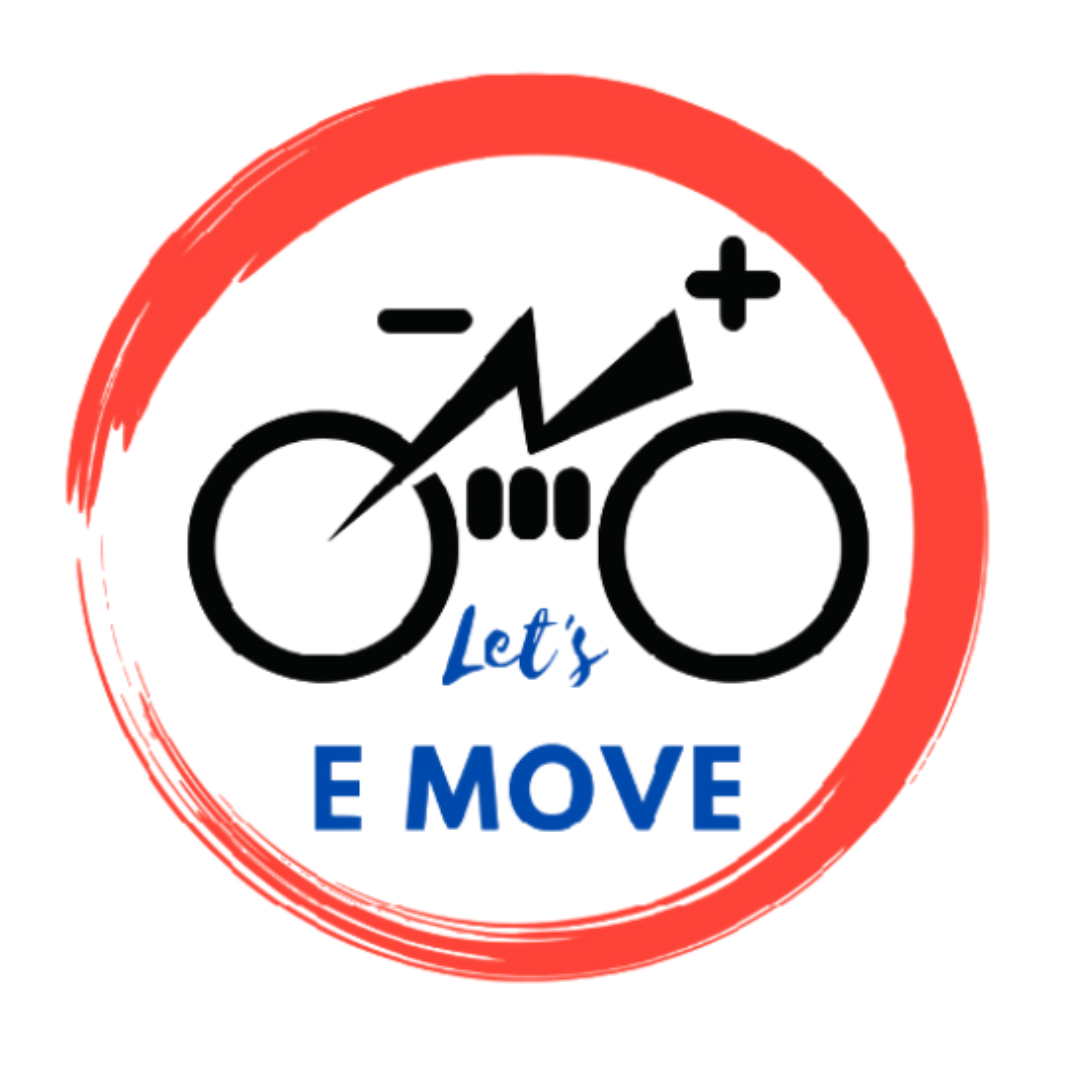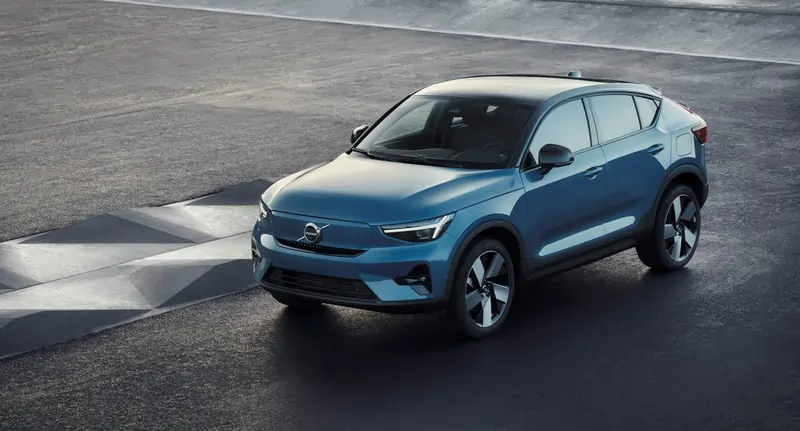
Tesla’s North American Charging Standard (NACS) plug for electric vehicle charging has recently and unexpectedly gained a lot of favor. Tesla has begun to open the doors to its prized Supercharger network and NACS plug, and a number of automakers have pledged to embrace the previously Tesla-exclusive charging standard. But what exactly is a NACS plug, and how does it differ from previous connectors? When and for what EVs will Supercharger stations be available? All of that is addressed here.
The distinction between EV charging types is significant. To begin with, prior to these agreements, only Tesla automobiles were used and could charge with the NACS plug. Other EVs used different types of chargers, primarily CCS and CHAdeMO. Consider this scenario to be similar to charging a telephone – you can’t charge an iPhone with a charger designed for a Samsung. Automakers that have reached an agreement with Tesla will soon begin using charging cables and connectors similar to the one shown below.
The pro-con breakdown is straightforward. According to Reuters, Tesla boasts a vast Supercharger network, with approximately 17,000 chargers in the United States and over 45,000 worldwide. The NACS connector is not only lighter and easier to manipulate, but it is also smaller, resulting in a smaller charging port for your automobile. Payment is also more straightforward for Tesla owners. You simply put your car into the charger, and the system invoices the linked account for the charging session. There’s no news on how that functionality would interact with other vehicles, but if implemented, it would make charging much easier.
Tesla NACS interface
This graphic shows the difference between Tesla’s smaller NACS charger and the CCS charger used by the majority of other automakers.

One of the more significant disadvantages is the charging speed. Superchargers currently have a maximum power of 250 kW. This isn’t quite what automakers have gotten out of CCS-style chargers. Fast-charging outputs of up to 350 kW are available from Electrify America. Consumers may begin to expect faster charging times as some EVs use higher-voltage designs. Both Hyundai and Lucid offer automobiles with either 800- or 900-volt architecture. Another disadvantage of adapters is that they are often expensive and difficult to use, but this is not particular to any one type of charger.
CCS was the de facto norm for many years, but the balance has recently shifted. Five major automakers have now announced that they will use Tesla’s NACS chargers, and the pace of announcements shows no signs of slowing.
Also read: Tesla’s NACS Charging Network Welcomes First Electric Motorcycle Maker
Electrify America and ChargePoint have also decided to incorporate the NACS connection into their stations. Currently, a number of automakers, including Hyundai and Stellantis, the parent company of Jeep, Maserati, Fiat, and others, are said to be in talks with Tesla about transitioning to NACS. In light of this, we’ve compiled a list of all the manufacturers who have officially accepted the NACS-style charger.
Rivian
Rivian was quick to follow suit. Adapters will be made accessible to current customers once more in 2024, after which the carmaker will fully transition to NACS in 2025. Right now, we’re led to think that Rivian’s upcoming R2 platform will use the NACS charging type, as it isn’t expected to launch until at least 2026.
Ford
Ford was the first to announce the adoption of the NACS port, which would be available on vehicles starting in 2025. There is now no need to be concerned if you own a Ford EV. While future Ford models will switch to NACS from the CCS port, current owners of the CCS-equipped Ford F-150 Lightning and Mustang Mach-E will be able to utilize Tesla’s chargers and other NACS chargers with an adaptor beginning in the spring of 2024.
Nissan
Nissan said on July 19 that the Ariya EV and other new electric vehicles will be available with the NACS port beginning in 2025. “From 2024, Nissan will make a NACS charging adapter available for Ariya models that are currently equipped with the Combined Charging System 1 (CCS1) for DC fast charging,” it added. Customers will be able to connect their vehicle’s charging port to NACS plugs at compatible chargers as a result of this.” That implies that from next year, Ariyas will be able to charge at compatible Supercharger stations if users have an adaptor.
Also read: Nissan’s Electric SUV Outsells the LEAF in the US for the Second Straight Quarter
GM
GM’s intentions are in line with Ford’s timeframe. Access will be available to GM customers in 2024 via a CCS-to-NACS converter. Then, after 2025, GM will make NACS mandatory on all new EVs.
Volvo/Polestar
Notably, the first three automakers we’ve considered are all headquartered in the United States, as is Tesla. Volvo and Polestar, both owned by Geely, have also declared that they will make the changeover. Adapters will be available again in 2024, with cars featuring the NACS port following in 2025. Polestar and Volvo have both planned ahead of time, and both will offer a NACS-to-CCS adaptor after that date, ensuring that you can charge anywhere and at any time. Volvo, on the other hand, simply states that the adapter will “be provided by Volvo.” It’s unclear whether the adaptor will be included or sold separately. Assuming there will be CCS holdouts (Volkswagen has not announced a conversion), providing an adaptor appears to be a wise approach. If no one else does it, the two Swedish brands will have distinguished themselves.
Mercedes-Benz
Mercedes-Benz is the most recent company to dip its toes into the NACS pool. It announced in early July that it would be joining other automakers in switching to NACS. Once again, an adaptor will be available in 2024, with the transition to NACS-equipped automobiles taking place in 2025. Mercedes is also eager to join the burgeoning network of automaker-owned chargers in the United States. Its goal is to have over 2,500 fast chargers spread over North America. We’ll be waiting to see how well these operate, as the first several chargers are scheduled to open at the end of this year. Fortunately, Mercedes has stated that the chargers would be accessible to non-Mercedes EVs.







